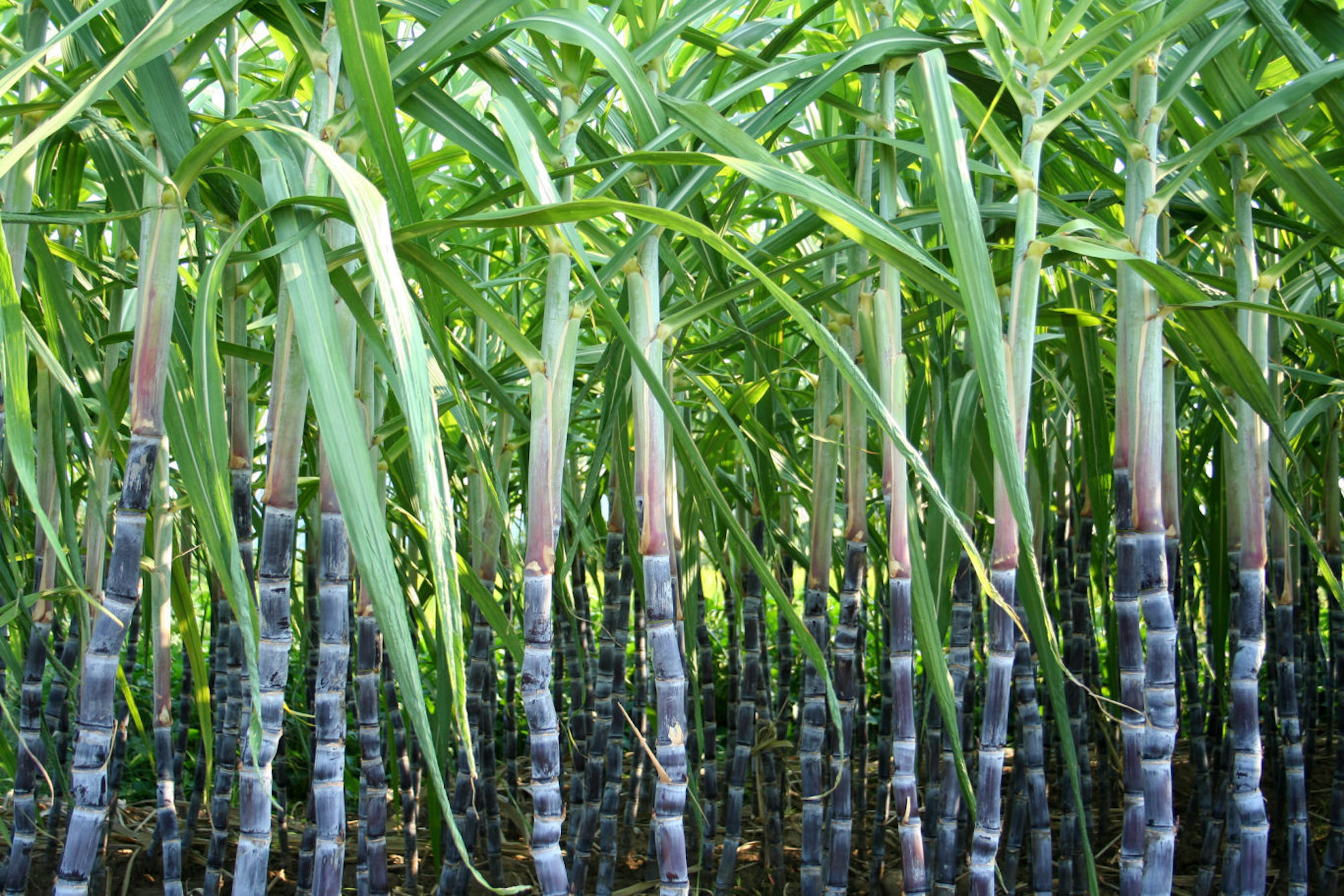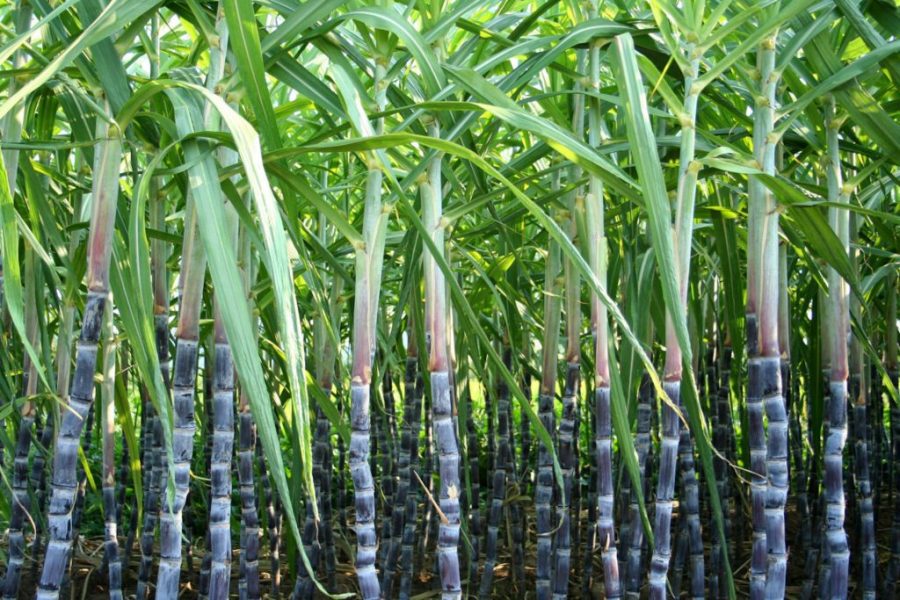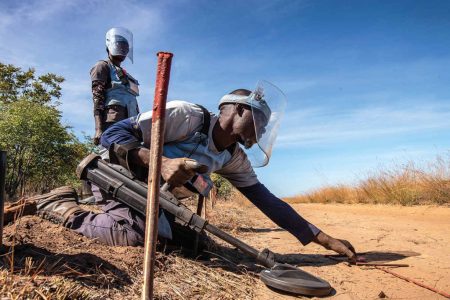Cyclone Freddy – the longest cyclone ever recorded – devastated thousands of hectares of sugarcane fields but the supply of sugar to the domestic market is unaffected for now, according to a report by news portal Club of Mozambique.
“We are comforted to learn from private business that there will be no shortage of sugar in the country, and there is no forecast of any price increase, at least not for now”, Celso Correia, the agriculture minister, told media after making an aerial survey of the damage caused by flooding to the sugarcane fields of Maragra, some 80 kilometres north of the capital Maputo.
The area produces more than a fifth of the 380,000 tons of sugar processed in Mozambique each year, but more than half of the fields in the area were lost to flooding.
One major sugar mill, Açucareira de Xinavane, told the newspaper Jornal Notícias that it was suspending sugar exports for a period of two months “to guarantee availability in the national market”.
[See more: Southern Africa’s biggest dam sparks environmental concerns]
Upcoming production targets for sugarcane are bound to be affected, however. Açucareira de Xinavane said that production was “paralysed due to flooding”.
Figures cited by Club of Mozambique suggest that more than US$10 million will be needed to replant sugarcane in the area, and nearly US$6 million to restore infrastructure such as drainage systems and dikes.
Meanwhile Jornal Notícias reported that the southern province of Inhambane, where Cyclone Freddy made landfall, saw the loss of over 44,000 hectares of crops. In addition, 16,351 hectares were affected by drought.




